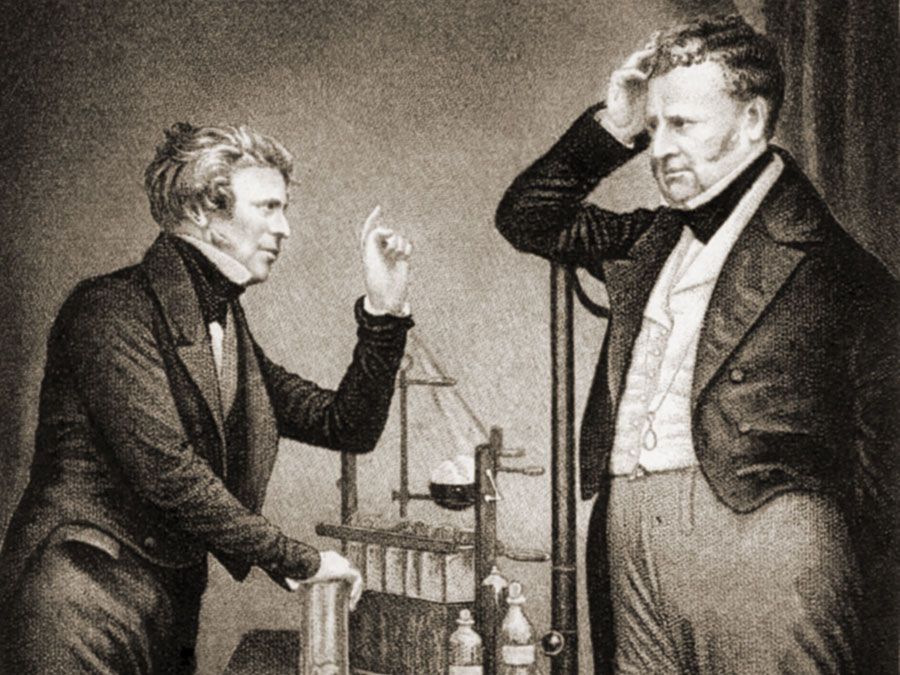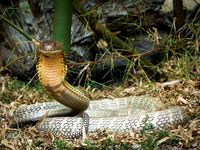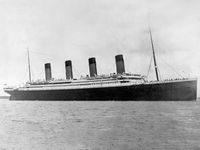Anna Jane Harrison
Our editors will review what you’ve submitted and determine whether to revise the article.
- Also known as:
- Anna J. Harrison
- Born:
- Dec. 23, 1912, Benton City, Mo., U.S.
- Died:
- Aug. 8, 1998, Holyoke, Mass. (aged 85)
Anna Jane Harrison (born Dec. 23, 1912, Benton City, Mo., U.S.—died Aug. 8, 1998, Holyoke, Mass.) American chemist and educator who in 1978 became the first woman president of the American Chemical Society. She was known for her advocacy for increased public awareness of science.
Harrison grew up on a farm in rural Missouri. Her father died when she was seven, leaving her mother to manage the family farm and to care for Harrison and her elder brother. Harrison’s formative education took place in a one-room schoolhouse near her home. She later attended high school in a nearby town. Harrison’s intellectual interests eventually led her to the University of Missouri, where she earned a bachelor’s degree in 1933. She then returned to her hometown to teach at the same rural one-room school she had attended in her youth. Two years later, however, she resumed studies at the university, this time as a graduate student in physical chemistry. After receiving a master’s degree in 1937, she published a paper on photovoltaic effects (voltages generated by interactions between dissimilar chemicals when struck by light) in solutions of Grignard reagents (organic derivatives of magnesium). She also began work toward a doctorate, which she earned in 1940. Her dissertation research focused on the association of sodium ketyls (a type of radical).

Upon completing her doctorate studies, Harrison took a post as an instructor of chemistry at H. Sophie Newcomb Memorial College, a women’s college at Tulane University in New Orleans. Over the course of the next several years, she also performed research for the National Defense Research Council and for Corning Glass Works and continued to study ketyl association. In 1945 she joined the faculty at Mount Holyoke College, a women’s school in South Hadley, Mass., where she was elevated to full professor in 1950 and was chair of the department of chemistry from 1960 to 1966. At Mount Holyoke, Harrison contributed to research on ultraviolet light and photolysis, or the breakdown of molecules via light absorption.
In the 1970s Harrison became increasingly outspoken about the need for improving the communication of science to the public and in particular to public officials. Following her election as president of the American Chemical Society, she continued to champion the importance of cultivating a scientifically informed public. She encouraged her colleagues to view the chemical profession as fundamental to not only the advancement of scientific knowledge but also the improvement of science education, public awareness of science, and public welfare.
In 1979 Harrison retired from Mount Holyoke. However, she remained active in promoting the communication of science and served on multiple scientific councils. From 1983 to 1984 she was president of the American Association for the Advancement of Science (AAAS), and in 1989, with former Mount Holyoke colleague Edwin S. Weaver, she published Chemistry: A Search to Understand. The authors described the work as suited for students who were “intellectually curious but not professionally driven” in the field of chemistry. Harrison received many honours throughout her career and was celebrated for having inspired numerous young women to pursue careers in science.













